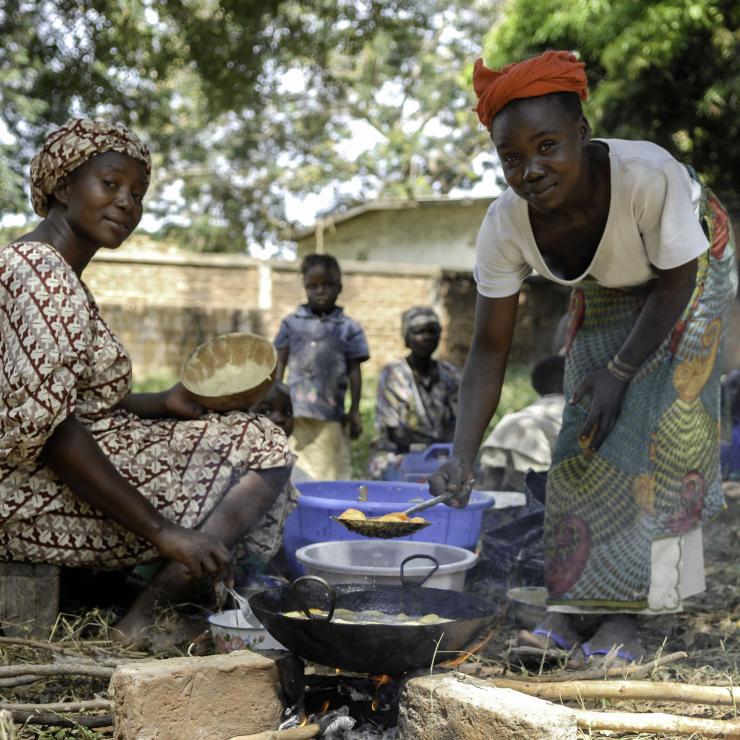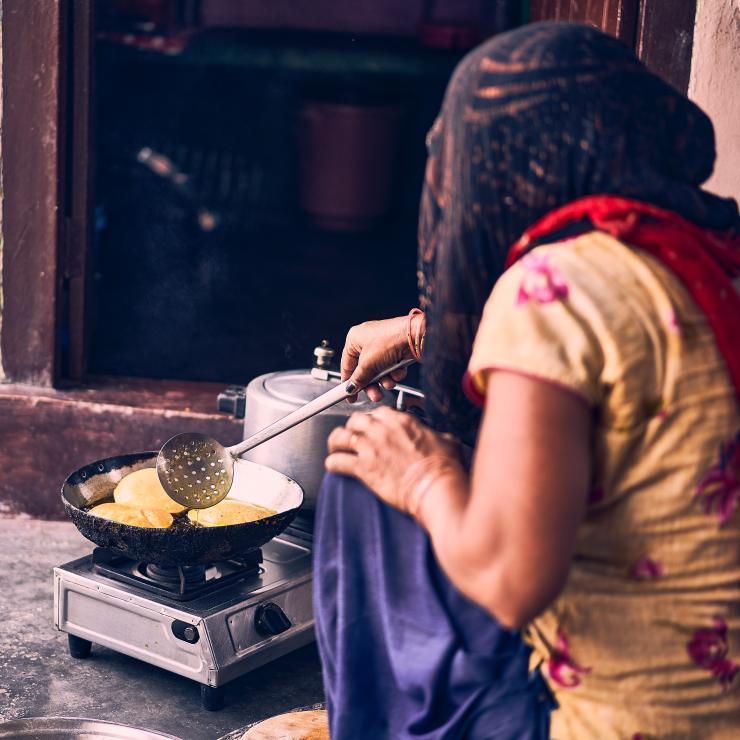Clean Cooking
2.1 bn
People without clean cooking access in 2022
3.4$
Estimated costs of negative health, gender and climate consequences of a lack of clean cooking
3.5 bn $
Estimated annual investment needed to meet Sustainable Development Goal 7’s clean cooking target
The Challenge
Despite the heavy toll on human health and the environment, progress on access to clean cooking has been slow, barely keeping pace with population growth. About one third of the global population—some 2.1 billion people—still lacked access in 2022. Over the past decade, access to clean fuels and technologies for cooking rose by only 14 percentage points.
The negative impacts associated with the lack of access to modern cooking are estimated to cost USD 2.4 trillion a year, as a result of negative externalities for health (USD 1.4 trillion), gender (USD 0.8 trillion), and climate (USD 0.2 trillion). The cost of inaction far exceeds the annual investment needed to achieve the universal access target, which is estimated to be USD 4.5 billion.
A lack of political commitment on clean cooking, poor coordination across government ministries to address the challenge, and low investment from public, private, development and philanthropic sectors have hindered the growth of clean cooking markets.
To meet the SDG7 target of universal clean cooking access by 2030, investment, policy interventions and international cooperation are all critical.
The Solution
By developing a thriving global market for clean and efficient cookstoves and fuels, we can transform the way the world cooks, saving lives, improving livelihoods, empowering women, and protecting the environment simultaneously.
Development and implementation of clean cooking technology for households in low and middle-income countries offer enormous promise to advance at least six Sustainable Development Goals (SDGs): Good health and well-being (SDG3); Gender equality (SDG5); Affordable and clean energy (SDG7); Decent work and economic growth (SDG8); Climate action (SDG13); Life on land (SDG15).
Contact us:
EFCC@SEforALL.org
Follow us:
#CleanCooking
Our Action Pillars
We engage global leaders to secure their commitments to clean cooking and forge new partnerships that will support the sector’s advancement.
Data and Knowledge for Decision Making
We support the integration of clean cooking into national energy planning, and improve data and evidence bases to accelerate decision making within the sector.
Advocacy and Campaigns
We seek opportunities to elevate clean cooking globally, and engage women and youth in the sector, to raise awareness and accelerate action
Diplomacy and Partnerships
We engage global leaders to secure their commitments to clean cooking and forge new partnerships that will support the sector’s advancement.
Our Projects
Clean Cooking news
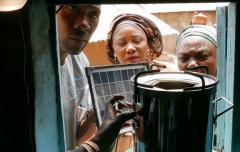
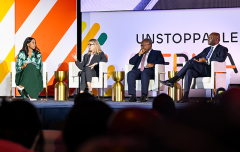
News
30 Sep 2025
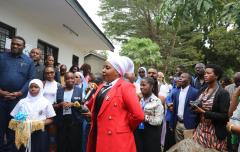
News
23 Jul 2025
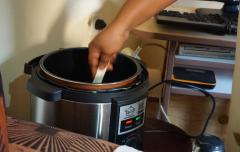
Webinar
06 May 2025
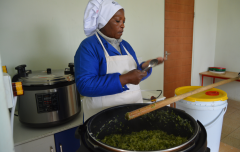
News
14 May 2024

Blog
16 Feb 2024
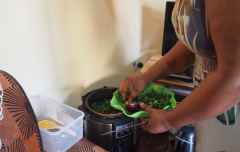
News
09 Nov 2023
Photo credit: Romana Manpreet

